
The authors said that it is imperative to increase total fruit and whole fruit consumption in younger populations, especially adolescents.

The authors said that it is imperative to increase total fruit and whole fruit consumption in younger populations, especially adolescents.

A new study found that patients treated with percutaneous coronary intervention experience a high prevalence of obstructive sleep apnea (OSA) during rapid eye movement (REM) sleep. Diabetes mellitus was an independent predictor of OSA during REM sleep, according to an American Thoracic Society press release.

According to a recent study, patients with type 2 diabetes mellitus (T2D), but not prediabetes, demonstrated poorer cognitive performance 3 to 6 months after a stroke.
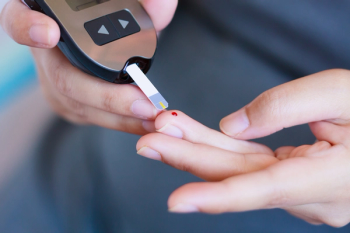
A recent study in the UK that estimated the amount of life lost from type 1 and type 2 diabetes in the country’s population found that the loss amounted to approximately 6.4 million years of future life in the current population.
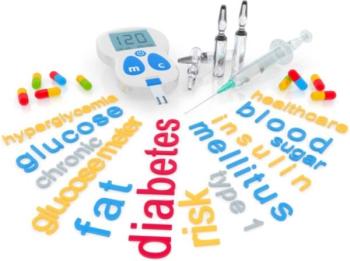
Study shows a significant and consistent association between pregnancy loss and type 2 diabetes, which increased with more losses.

A new study has found that hospitalized patients with COVID-19 and diabetes represent more than 20% of individuals in ICUs.

Substituting calories with high quality carbohydrates, such as those in whole grains, could reduce risk of developing type 2 diabetes

Investigators found that less than a quarter of study participants with colorectal cancer were taking their medications as prescribed, suggesting that many could benefit from improved adherence.

This marks the first regulatory approval for aspirin plus ticagrelor dual antiplatelet therapy in patients with a high cardiovascular risk but without a history of heart attack or stroke.

Some researchers are beginning to explore how early screenings could help catch T1D and similar conditions earlier.
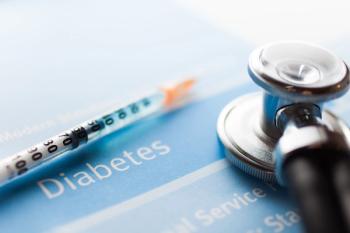
The authors found that telehealth services were facilitated by patients being able to easily share information with providers from equipment that managed CGM for diabetic ketosis and hyperglycemia.

Which animal has helped treat diabetes?

A retrospective study has found that well-controlled blood glucose was associated with improved outcomes among COVID-19 patients.
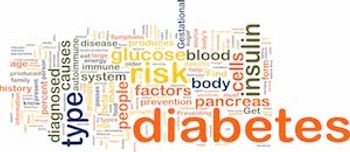
At the end of 5 years, the teens with either obesity, T2D, or high systolic blood pressure were significantly more likely to have thicker and stiffer carotid arteries, the main blood vessel that leads to the brain, according to the study.
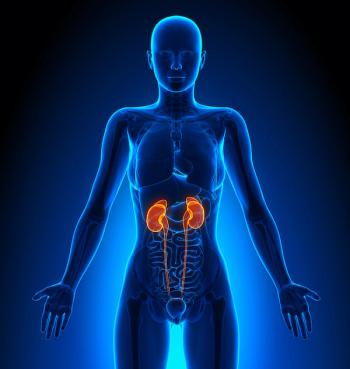
Previous clinical trials have shown that SGLT2 inhibitors protect kidney, or renal, function among patients with T2D, but their effect on serious renal events in patients in real-world clinical practice remains unclear.

A phase 3 trial showed a statistically significant and clinically meaningful decline in CV death or hospitalization from heart failure with dapagliflozin compared with placebo.

A recent survey identified the most substantial barriers to routine monitoring and follow-up for diabetes patients.

A research team has developed wirelessly-driven “smart contact lens” technology that is able to detect diabetes and treat diabetic retinopathy just through wearing them.

Engaging in discussions with patients at high risk of complications from COVID-19 without seeming patronizing is an important skill that many pharmacists should practice.

Some pertinent information pharmacists should know about oral semaglutide

Two case studies have highlighted the use of tele-diabetes to manage new-onset type 1 diabetes (T1D) cases in an adult and an infant during the coronavirus disease 2019 (COVID-19) pandemic.
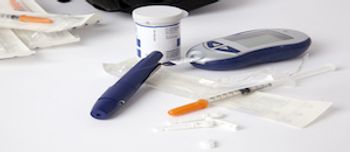
Patients with type 2 diabetes (T2D) do not secrete enough insulin and secrete too much glucagon, contributing to poor blood glucose because the glucagon-secreting α-cells have become resistant to insulin.

Statin therapy is known to reduce the risk of cardiovascular events, and guidelines recommend them in all patients with diabetes.
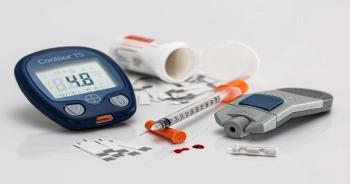
Obesity increases the risk of developing type 2 diabetes by at least 6 times, regardless of genetic predisposition, according to a recent study.

Individuals with type 2 diabetes (T2D) who also experience coronary artery disease (CAD) may need to be treated more aggressively than those with coronary artery disease who do not have diabetes.